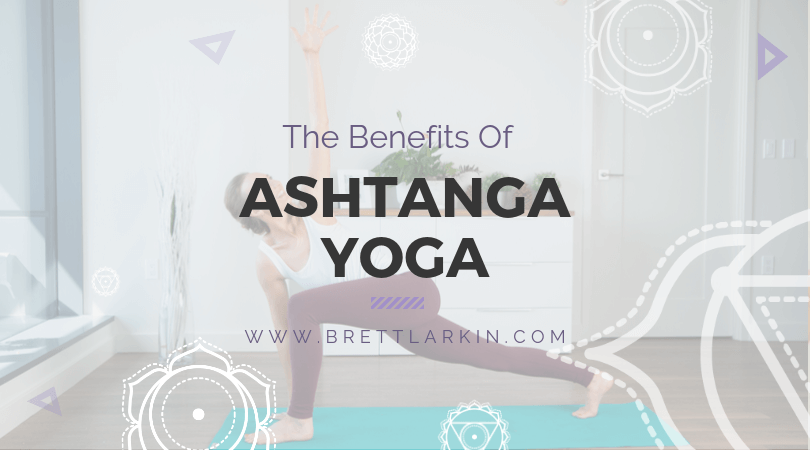
Ashtanga Yoga is one of the most popular forms of yoga in the world known mostly as a more athletic style of yoga that builds strength as well as flexibility.
At least this is what you’ll find in your local Ashtanga Vinyasa class.
But the asana practice is not all there is to it. An Ashtanga practice also includes pranayama breathing exercises. Not only that, but it is also one of the forms of yoga that still closely follows the eight limbs of yoga, according to the Yoga Sutras.
So what are its origins?
Made known to the world by PattabhiJois, this style was developed by the guru TirumaliKrishnamacharya in 1924 when the first school was opened in India. PattabhiJois was a pupil of Krishnamacharya and took his place as a teacher, when he retired.
But what exactly is Ashtanga Yoga and how is it different from any other type of yoga?
Well, the word “Ashtanga” means “8”, a number that refers to the 8 branches of yoga:
- Yama (action towards others)
- Niyama (action towards oneself)
- Asana (posture)
- Pranayama (breath control)
- Pratyahara (fasting of the senses)
- Dharana (concentration)
- Dhyana (meditation)
- Samadhi (self-consciousness)
In the Ashtanga, you work in total respect of the looseness of the back, the elasticity of the muscles and tendons, and the control and the ability to listen to the body in general. So as you move through the sequence of yoga poses, you not only experience the physical benefits but also the mental benefits of attuning with your body in the moment.
The internal organs of the body also benefit from this practice, which then influences the regulation of the endocrine glands and the nervous system. As you can imagine, it helps create the premises for a total psycho-physical health.
When you practice Ashtanga yoga, it takes a lot of listening and inner work to really connect with yourself and with the universe to a brand new level. It’s a form of yoga that you can practice in your daily life, bringing balance and focus to everything you do.
The juicy thing is that everything is conducted by the breath, your vital force, or prana.
Ashtanga Yoga is a physical and mental journey that can help you improve your life when you practice daily. The greatest benefits that can be obtained from this style are not only physical well-being and mental relaxation, but also a renewed spirituality.
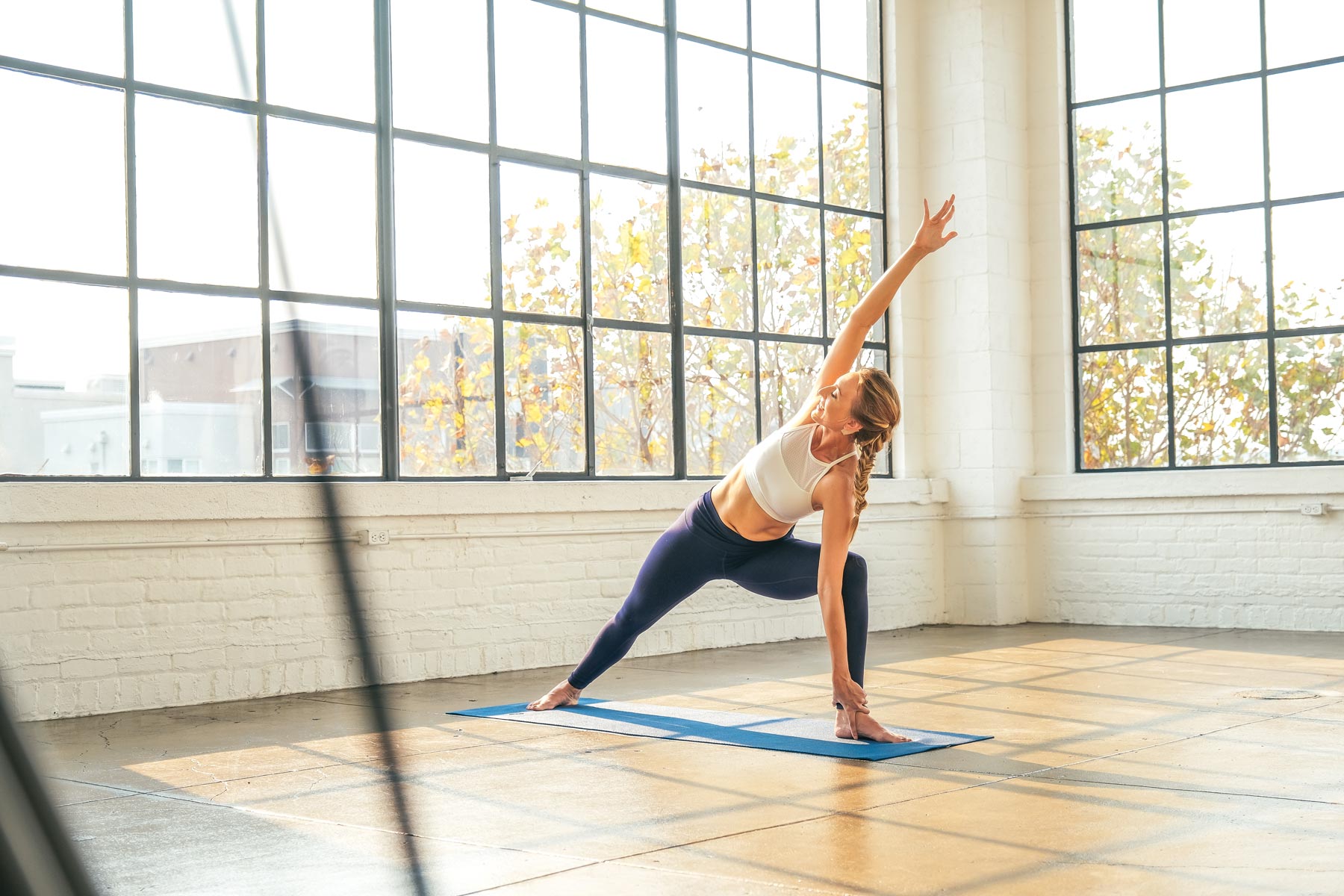
Physical Well-Being
Thanks to the breath and the yoga postures, the body rebalances itself day after day and all areas of the body experience profound benefits. Even those who suffer from chronic pain, such as back pain, neck pain, or any other kind of bodily pain, a dedicated practice will slowly lead to these imbalances disappearing altogether.
This type of Yoga, like others, acts in depth, benefitting your entire body from the inside out. The muscles are toned, the joints become stronger, the blood circulation is significantly improved and, above all, the spine becomes strong and very flexible. Many other systems such as the nervous, digestive and respiratory systems also undergo numerous improvements.
Mental Relaxation
Thanks to the pranayama breathing techniques used in this yoga style, you are able to calm the mind as you focus on the inhalation and exhalation. This helps significantly reduce stress. Problems such as anxiety, depression, or nervous hyperactivity, also disappear to leave room for a feeling of calm, balance and relaxation.
Nowadays more and more people are using Ashtanga breathing techniques, and Yoga in general, to relax and eliminate mental problems of various kinds.
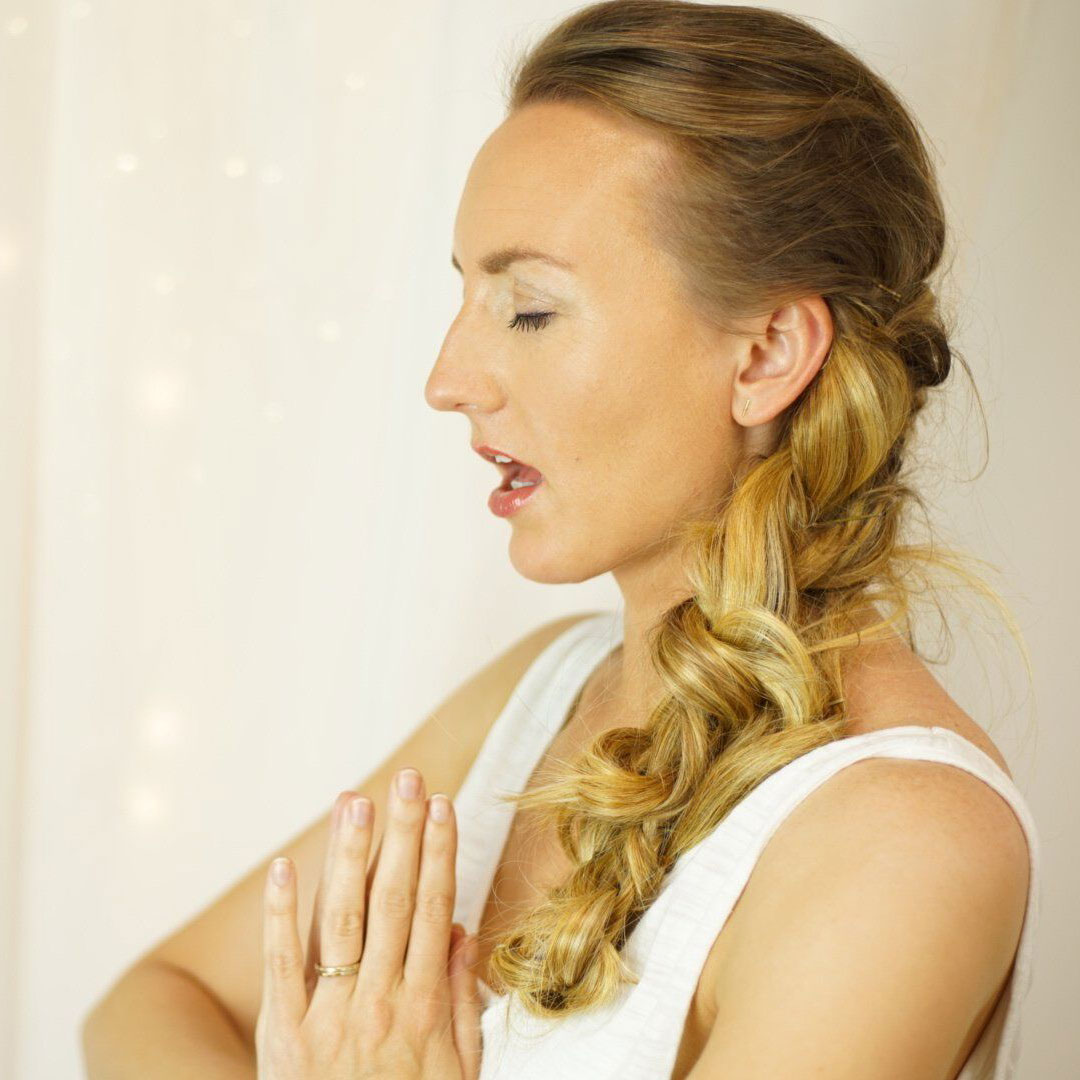
Spirituality
The Ashtanga and its principles represent a real philosophy of life that, with time, change for the better. Many bad habits and poor behavioral choices are naturally reduced when a practitioner closely follows the philosophy.
The best part?
The condition of total balance with one’s body and mind allows you to feel more connected with the surrounding world. Moreover, if well practiced, Ashtanga gives an incredible inner peace.
Through correct posture and breathing, the body and mind are pervaded by renewed energy.
This psycho-physical condition of balance and contentment allows each individual to find his own ethics and spirituality. Through the positions of ashtanga yoga, each individual feels in communion with plants, animals and inanimate objects…
…basically with the entire universe.
Meditation and silence, important aspects of the practice, allow you to find lost time and energy. Inner peace is the most natural consequence of a healthy body and a fresh and rested mind.
Bottom Line
Proper practice of this Yoga style allows you to rediscover your physical, psychological and spiritual potential. Your body becomes stronger, much lighter and more flexible.
To enjoy Ashtanga’s amazing benefits we advise you to start considering your practice as a real lifestyle, committing to it and really diving into it as more than just a daily exercise.
After all, many of us suffer from anxiety, depression, or chronic pain. The best way to get rid of them is to change our lifestyle. To do this, this type of Yoga is the best technique to use! Practice regularly, take workshops, immerse yourself in retreats, or take your commitment to the next level and discover the many benefits of taking a yoga teacher training in ashtanga.
Next Steps
- If you’re interested in practical kriya yoga as a way to improve your daily life and relationships, check out my Yoga for Self Mastery course.
- Order my Yoga Life book for a practical guide to creating balance in your life through yoga.
- Check out my YouTube channel and find some yoga classes that you can try out for yourself!
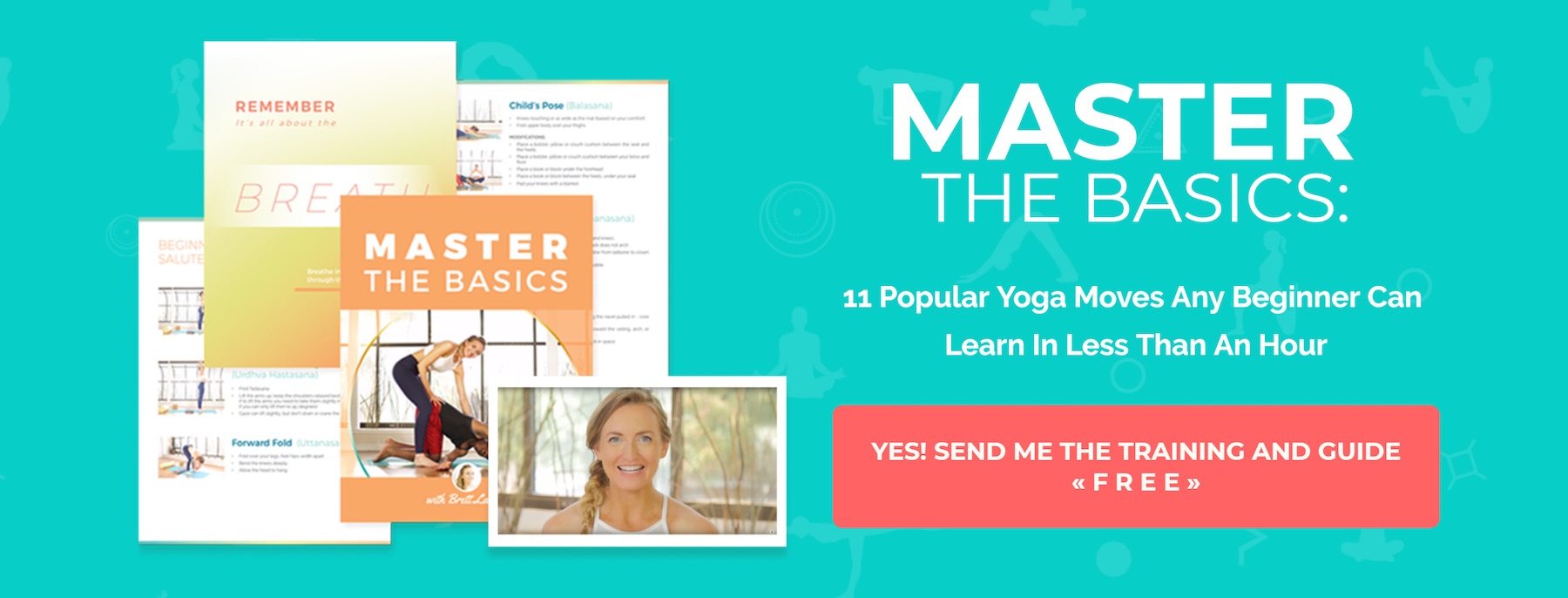
Learn how to do 11 of the most popular yoga poses correctly. Free video + PDF download.
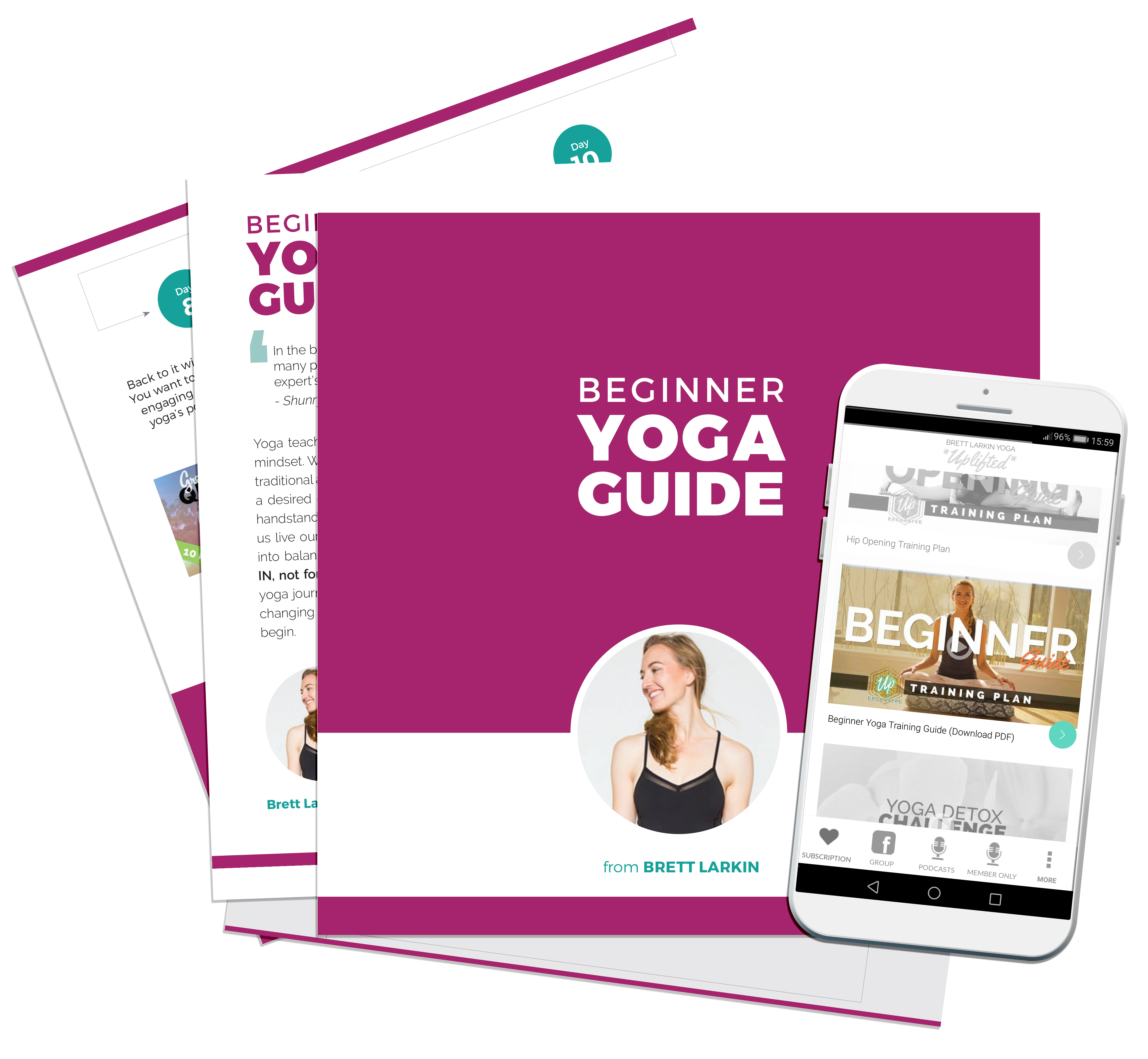
YOU MIGHT ALSO LIKE
- What Is Somatic Yoga? Everything You Need To Know
- What is Kriya Yoga? The Philosophy and Practice
- Try This 30-Minute Yoga Nidra Script for Deep Sleep and Relaxation [+ Video]
- 9 Fierce Kundalini Yoga Poses to Light Your Inner Fire
- Tantra Yoga: The Most Misunderstood Path of Yoga
- Styles and Types of Yoga: The Complete Beginner’s Handbook
- What is Hatha Yoga? The Origins, Definition, Poses, & Practice
- What Is Trauma Informed Yoga And Should I Get Certified?
- How To Do High Lunge Pose
- 10 Yin Yoga Poses To Melt Away Stress (For Beginners)
- Amazing Benefits of Ashtanga Yoga That Your Studio Won’t Teach You
- Earthing Yoga 101: 6 Poses To Connect With The Earth (Root Chakra)
- Find A Gentle Yoga Sequence That Anyone Can Do
Learn how to do 11 of the most popular yoga poses correctly. Free video + PDF download.









